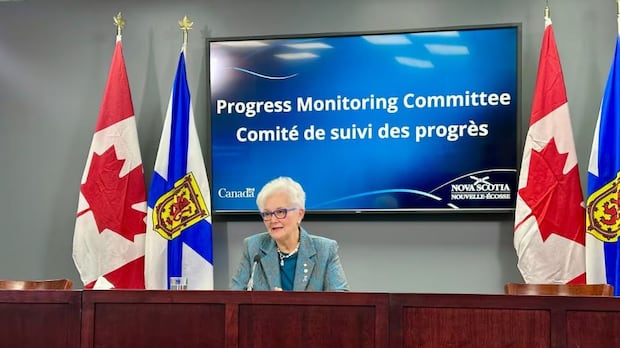Richmond County hopes new code of conduct will eliminate previous issues

Richmond County, a municipality in Cape Breton, recently made headlines for adopting Nova Scotia’s new code of conduct for municipal politicians. This decision comes two years after the suspension of one of its councillors for inappropriate behavior towards a constituent.
The new code, consisting of 40 guidelines across 14 categories, covers a wide range of topics such as gifts, benefits, handling of confidential information, and more. All municipal units in Nova Scotia are required to adopt the code by December 19th. This move by Richmond County follows a previous incident involving then District 2 representative Michael Diggdon, who was suspended for a month in 2022 after violating the municipality’s code of conduct by sending inappropriate messages to a constituent.
Under the new provincewide code, a third-party investigator will be called in to handle complaints against elected officials. Deputy Warden Brent Sampson expressed his support for this change, mentioning that having an independent party involved would benefit all parties involved.
Lois Landry, the councillor who defeated Diggdon and now serves as warden of Richmond County, welcomed the new code of conduct but raised concerns about the process of lodging complaints against misconduct. Despite these uncertainties, Landry and the council are eager to move forward with the new code and remain hopeful that their questions will be addressed promptly.
The code was developed based on recommendations from a working group established in January 2022, following requests from municipalities and villages across the province. This proactive approach by Nova Scotia’s Municipal Affairs Department aims to ensure accountability and ethical behavior among municipal politicians.
Overall, the adoption of the new code of conduct highlights Richmond County’s commitment to upholding standards of integrity and professionalism within local government. This step towards transparency and accountability sets a positive precedent for other municipalities in Nova Scotia to follow suit.




